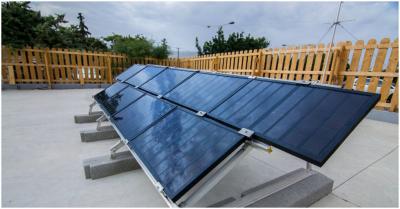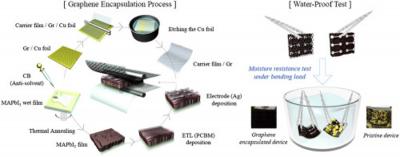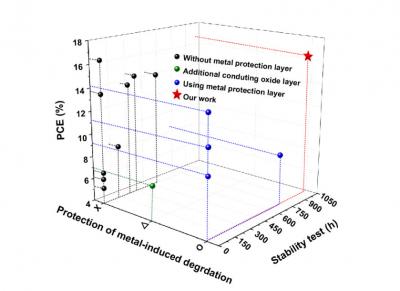Graphene Flagship's GRAPES project to promote graphene-enabled perovskite solar panels
The Graphene Flagship, a $1 billion European graphene initiative, has launched a new Spearhead Project called GRAPES, that aims to make cost-effective, stable graphene-enabled perovskite solar panels.
The project will set out to play an essential role in improving Europe's uptake of solar energy projects by improving the stability and efficiency of this technology when deployed on a large scale. As a European Commission funded project, the Graphene Flagship GRAPES initiative has been established to help Europe meet its ambitious sustainability goals.




